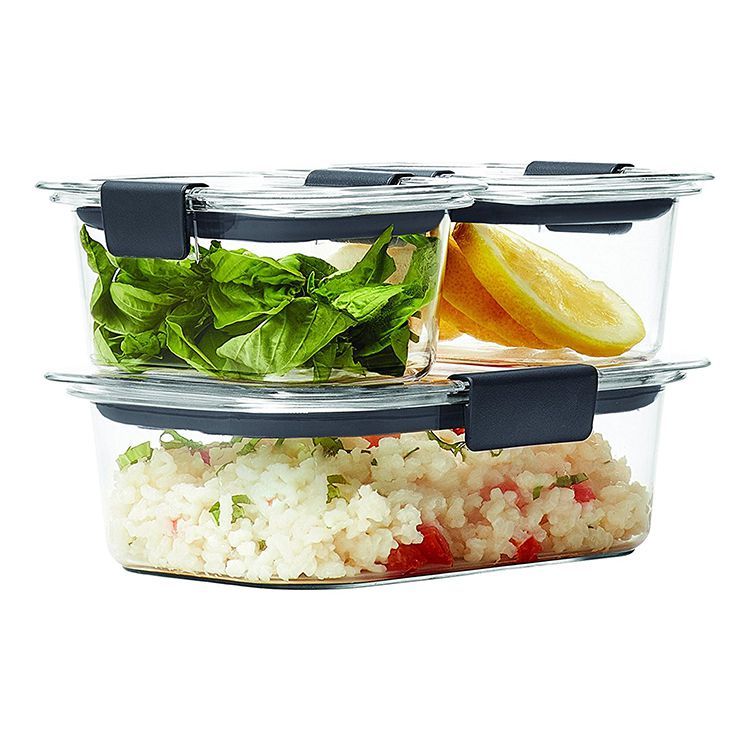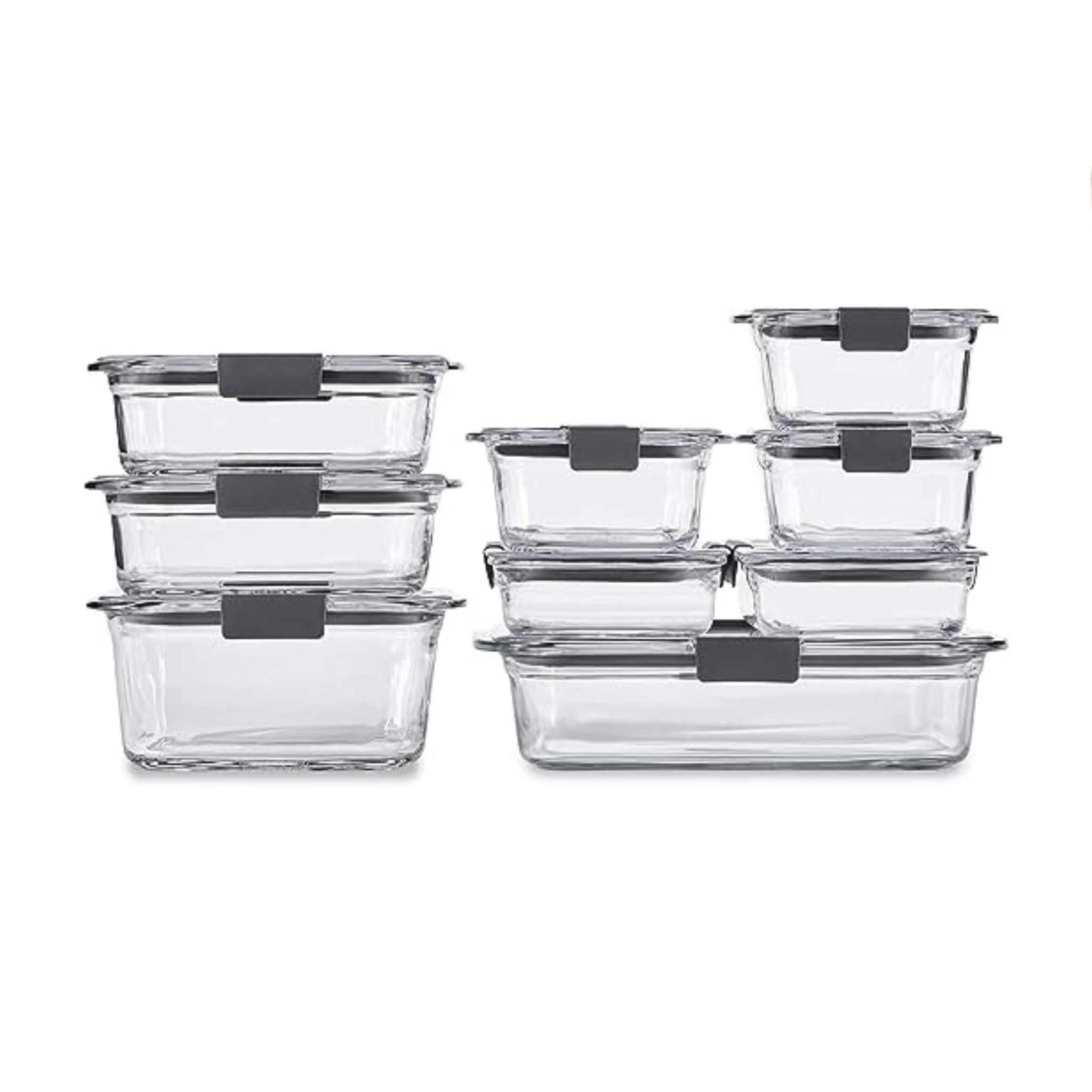

We didn’t eliminate round shapes, though, because they can be good for liquid foods. We tried to pick sets with a good range from large to small, with emphasis on rectangular or square space-saving shapes. And the shapes and sizes will affect how easy it is to store containers-square or rectangular containers will maximize fridge or freezer space.

And we avoided lids that had microwave vents they’re just another piece to de-crud, and you’re better off removing the latches and resting the lid on top of the container in the microwave (or not using the lid at all, as some manufacturers suggest). For easier cleanup, we preferred containers that had sealing lids with removable gaskets because you can remove and wash them separately (this also prevents mold buildup). Easy to clean: We wanted containers that could go in the dishwasher.Plastic containers are more likely to stain than glass, but we’ve found that some are more stain-resistant than others. Stain-resistant: Resistance to stains and odors is key-you don’t want to still smell or see yesterday’s pasta and red sauce on your clean container.Many of the models we tested have a gasket seal around the lip and plastic hinges that snap shut, so you know the container is sealed properly. We’ve found that round containers are usually more leakproof than square or rectangular containers. Not only will a good seal help food last longer, but leakproof construction is also important for transporting liquids. Airtight and leakproof: “You want something that’s really airtight with a good seal, if it’s something you plan to keep for a bit,” Nancy Hopkins, then senior deputy food and entertaining editor for Better Homes & Gardens, told us.
Rubbermaid brilliance food storage container0 windows#
(This is why tempered glass is used for side and rear windows in cars and glass shower doors.) To understand more on how and why this seemingly random breakage occurs, you can check out our blog post on the subject. That being said, tempered glass is often referred to as “safety glass” because when it does break, it crumbles into cube-shaped pieces that are easy to sweep up, as opposed to long, thin shards that can more easily cut you. Tempered glass does have one downside, however: On rare occasions, it can shatter unexpectedly (this may seem spontaneous, but it’s usually a result of thermal shock or repeated stress on the glass). It can survive being dropped on the floor, and it’s able to withstand dramatic temperature changes without cracking. Tempered glass is ideal for cooking and storing food because it’s very durable. Most glass food-storage containers, including the Pyrex and Glasslock sets we recommend, are made of tempered glass, a type of heat-treated soda-lime glass.

Containers are made from different types of glass, which will affect their durability, price, and how they’ll break if you drop them.


 0 kommentar(er)
0 kommentar(er)
